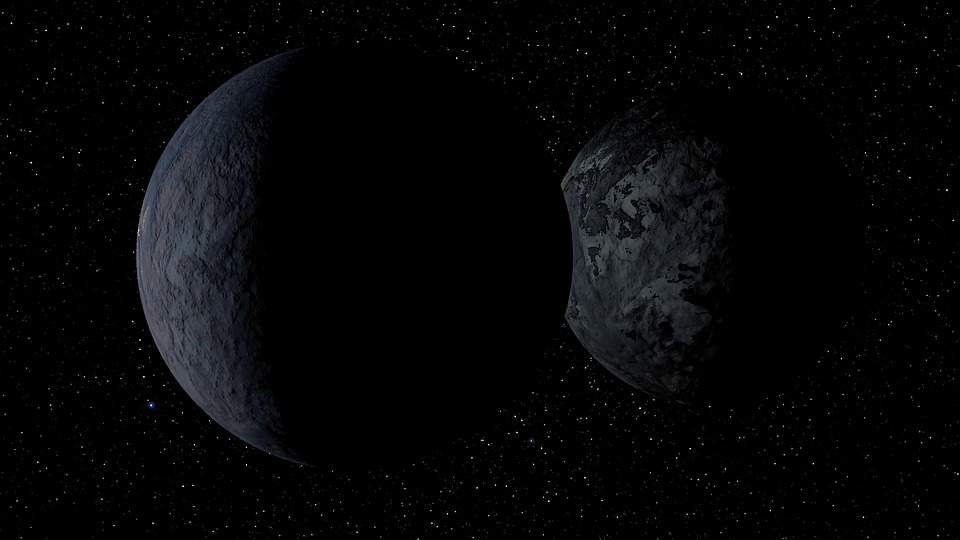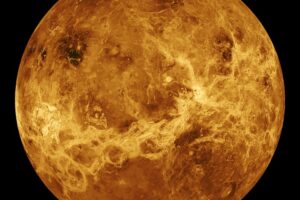One of the most intriguing theories about what lies beyond our universe is the concept of the multiverse. The multiverse theory suggests that our universe is just one of many parallel universes that coexist simultaneously. These other universes may have different physical laws, dimensions, and even different versions of ourselves.
There are several different versions of the multiverse theory, each offering a unique perspective on what lies beyond our universe. For example, the “many-worlds” interpretation of quantum mechanics suggests that every possible outcome of an event actually occurs in a separate universe. This means that there are countless other universes, each one slightly different from our own.
Another version of the multiverse theory is the “bubble” multiverse, which suggests that our universe is just one of many bubbles floating in an infinite cosmic sea. Each bubble universe may have different properties, such as different physical constants or even different laws of physics.
The multiverse theory raises profound questions about the nature of reality and our place within it. If there are other universes out there, what does that mean for our understanding of the universe and our own existence? Could we someday travel between universes or communicate with our counterparts in other realities?
While the multiverse theory is still a topic of great debate and speculation among scientists, it offers a fascinating glimpse into the possibilities of what lies beyond our universe. It challenges us to think beyond the confines of our own reality and consider the vastness and complexity of the cosmos.
Ultimately, the mysteries of the multiverse remind us of the humbling fact that there is still so much we don’t know about the universe and our place in it. As we continue to explore and learn more about the cosmos, we may one day uncover the secrets of what lies beyond our universe and unlock the mysteries of the multiverse.






























Add Comment